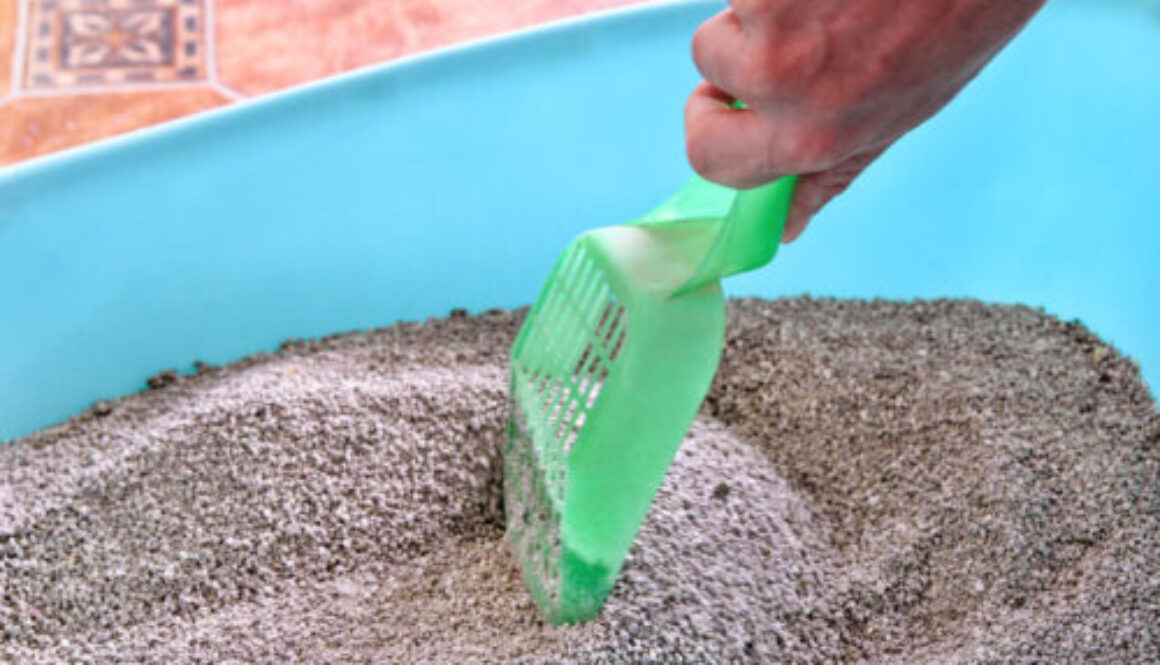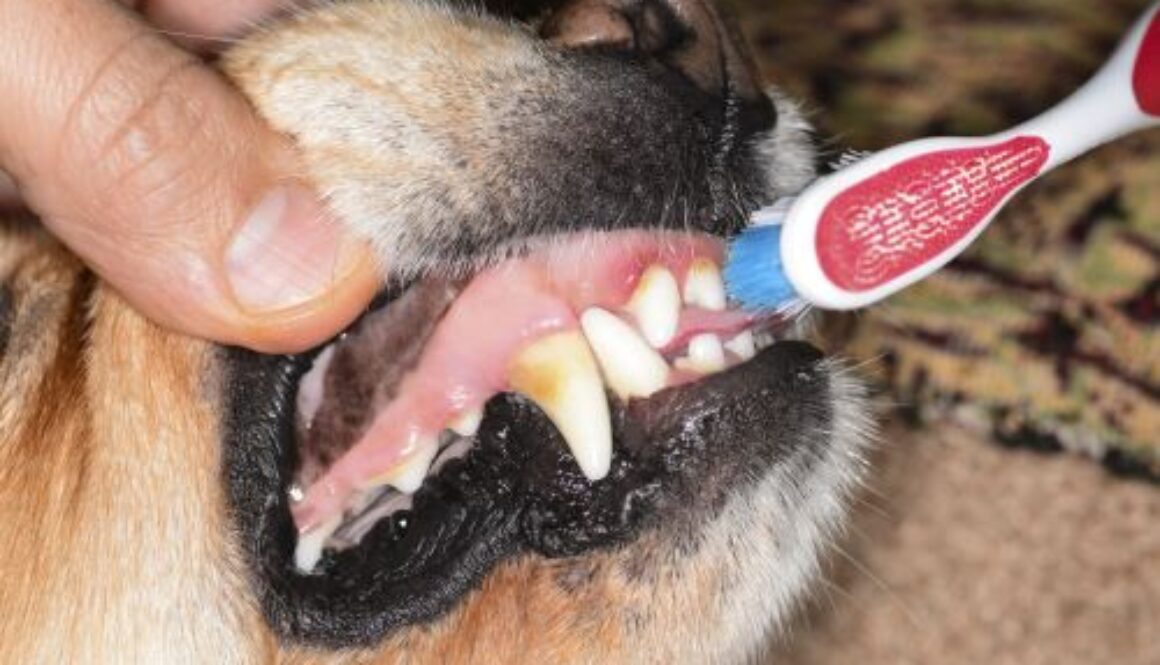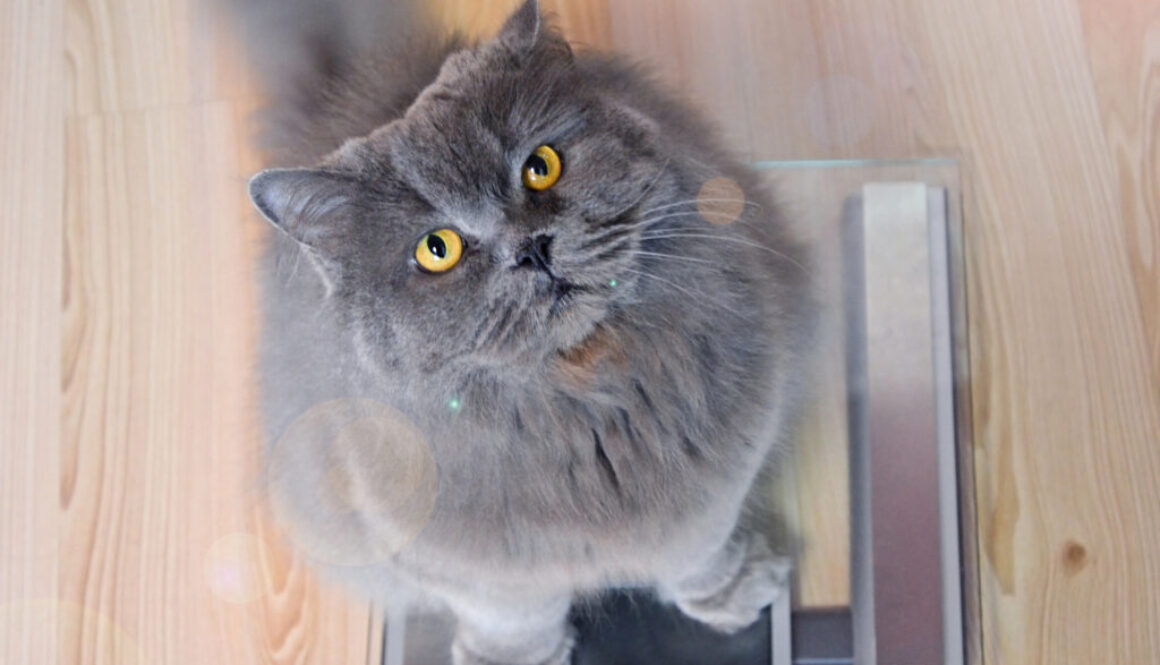Beyond Brushing: What you need to know about dental health
Of course, pet owners should brush their dog or cat’s teeth to prevent abscesses, jaw damage, and heart disease – in addition to simply keeping them healthy. This is also the first step in avoiding tooth loss and systemic infections.
There are other methods in addition to brushing teeth for those dogs who resist or aren’t particularly in favor of brushing their teeth.
Dog tooth wipes can be an easier option. Use them by rubbing the wipe against your pet’s teeth, but just know they will not be as effective in the crevices between teeth.
Dog dental treats. These specifically remove plaque buildup and will clean your pet’s mouth, which also freshens up their bad breath. Try different sizes, shapes, and flavors!
Dental treats will keep your pet’s mouth clean in addition to exercising their jaw muscles. Dog chews occupy your dog and keep them from chewing on other things but also benefit their oral health as well. By gnawing, your pet will scrape the plaque off its teeth. Some chews contain vitamins or enzymes for better dietary health. For pets who don’t need the extra calories, look for rubber or nylon toys.
Their diet also plays a factor – dry food (kibble) is less likely to become stuck between teeth, especially with larger kibbles. The friction of eating will clean the enamel and strengthen teeth and jaw muscles.
Regular pet checkups at your veterinarian should also include dental cleanings. Pets with anxiety can be anesthetized so they are more comfortable. Check their teeth yourself visually by lifting their lips and opening their mouth. You’ll be able to quickly notice any sores or plaque buildup. You can work with your pet to get them accustomed to having toothbrushes and your fingers in their mouth for oral checks, especially if you start young.









